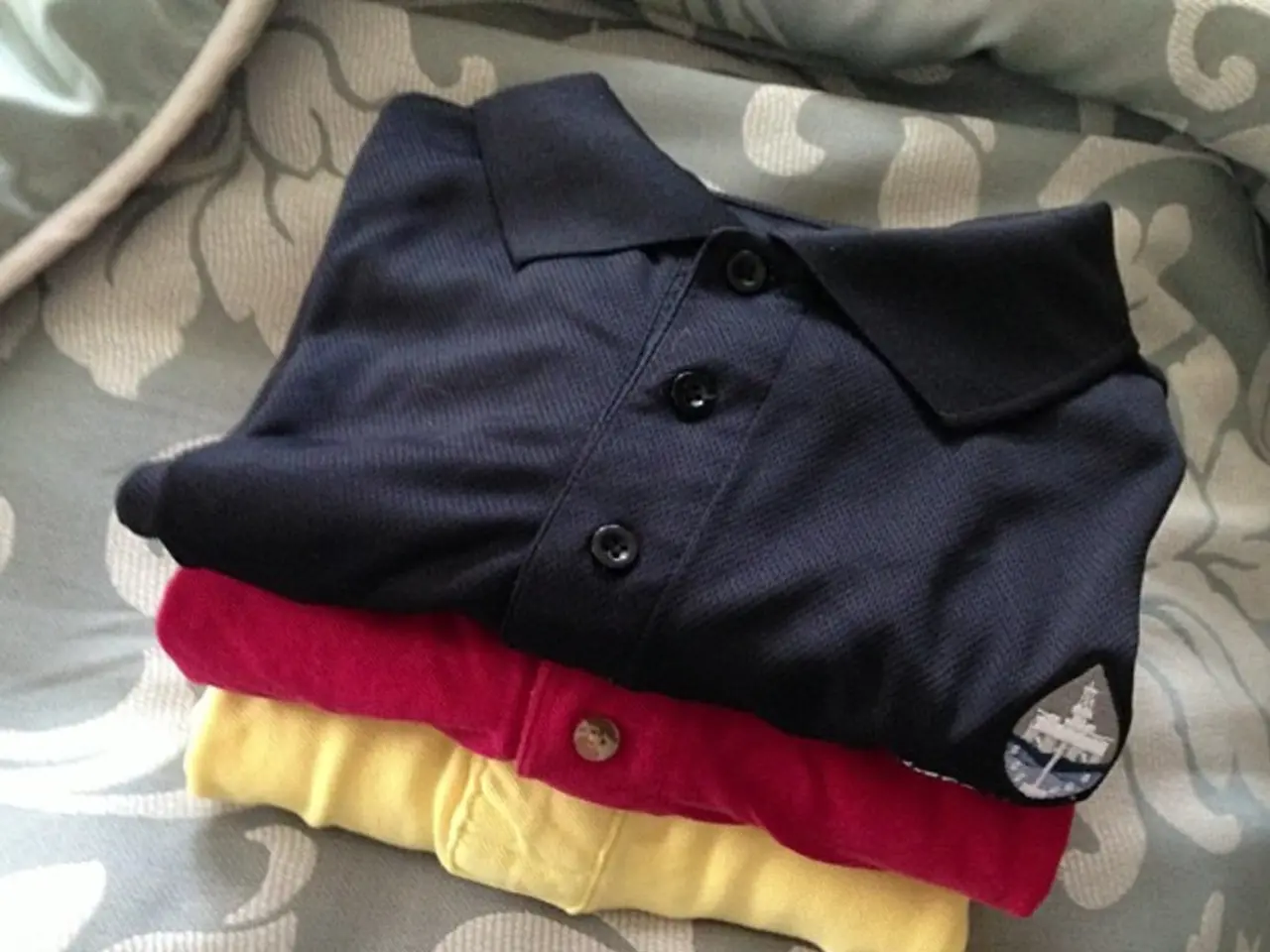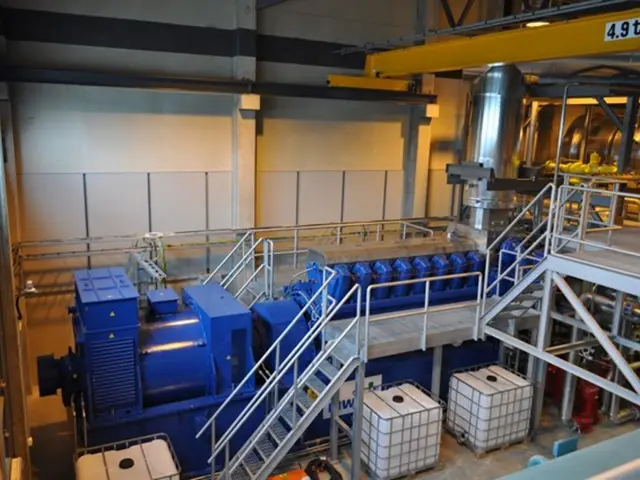A U.S. factory owner ponders a shift in production, opting to manufacture shirts in Pakistan rather than America due to considerations of costs, quality, and growth potential in the Pakistani market.
In the dynamic world of fashion, the choice of manufacturing location plays a significant role in the success of a product. One such example is the growing trend of shirt manufacturers turning to Pakistan as an attractive alternative to the United States.
Computer-aided design (CAD) software is instrumental in creating digital prototypes for shirt designs, allowing for modifications before production. However, the real magic happens when these designs are brought to life by a skilled team of designers who translate creative visions into tangible shirt designs.
Pakistan's appeal lies in its significantly lower production costs, particularly in labor costs, and favorable trade dynamics such as reduced tariffs on Pakistani textile exports to the US market. These factors enable Pakistani manufacturers to offer competitive prices and better profit margins, making Pakistan a preferred sourcing base for apparel production.
One key factor explaining Pakistan's attractiveness is its lower labor and production costs. Compared to the US, Pakistan's textile and garment industry benefits from relatively low wages, which significantly reduce overall manufacturing expenses.
Moreover, recent reductions in US tariffs on Pakistani exports have improved Pakistan’s position over competitors like Vietnam and Bangladesh, enabling Pakistani goods, including shirts, to enter the US market at more competitive prices. This tariff advantage boosts profit margins and encourages higher export volumes.
Pakistan's mature textile industry, which generates substantial export revenues, is another factor that supports efficient manufacturing and quality craftsmanship. With an established industry equipped with skilled labor, Pakistan is well-positioned to meet global apparel standards.
US tariffs on China and uncertainties in other South and Southeast Asian markets make Pakistan a more stable alternative for American importers. With increased tariffs on Chinese textiles, buyers look for alternate sources like Pakistan.
Industry initiatives such as the Pakistan Accord, which focus on improving factory safety, sustainability, and digitization, enhance Pakistan’s reputation among global brands and retailers, potentially attracting more orders.
However, it's important to note that the designing process should consider the production capabilities of the chosen manufacturing location. Thorough testing and necessary modifications should be made before proceeding with mass production.
In the pursuit of sustainability and attracting environmentally conscious customers, designers can experiment with different patterns such as stripes, checks, or solids, and use organic cotton or recycled materials. The latest fashion trends and consumer preferences are also crucial for shirt design.
In summary, Pakistan’s combination of low labor costs, improved tariff access, mature textile infrastructure, and ongoing improvements in compliance and sustainability make it more cost-effective and attractive for shirt manufacturing than producing in the United States, where higher costs and supply challenges limit competitiveness.
The textile industry in Pakistan offers significantly lower production costs, which enables its manufacturers to provide competitive prices and better profit margins in the global apparel market, making it a preferred sourcing base for shirt production over the United States.
Favorable trade dynamics, such as reduced tariffs on Pakistani textile exports to the US market, combined with its mature textile industry and skilled labor force, contribute to Pakistan's ability to meet global apparel standards and attract more orders from global brands and retailers.




